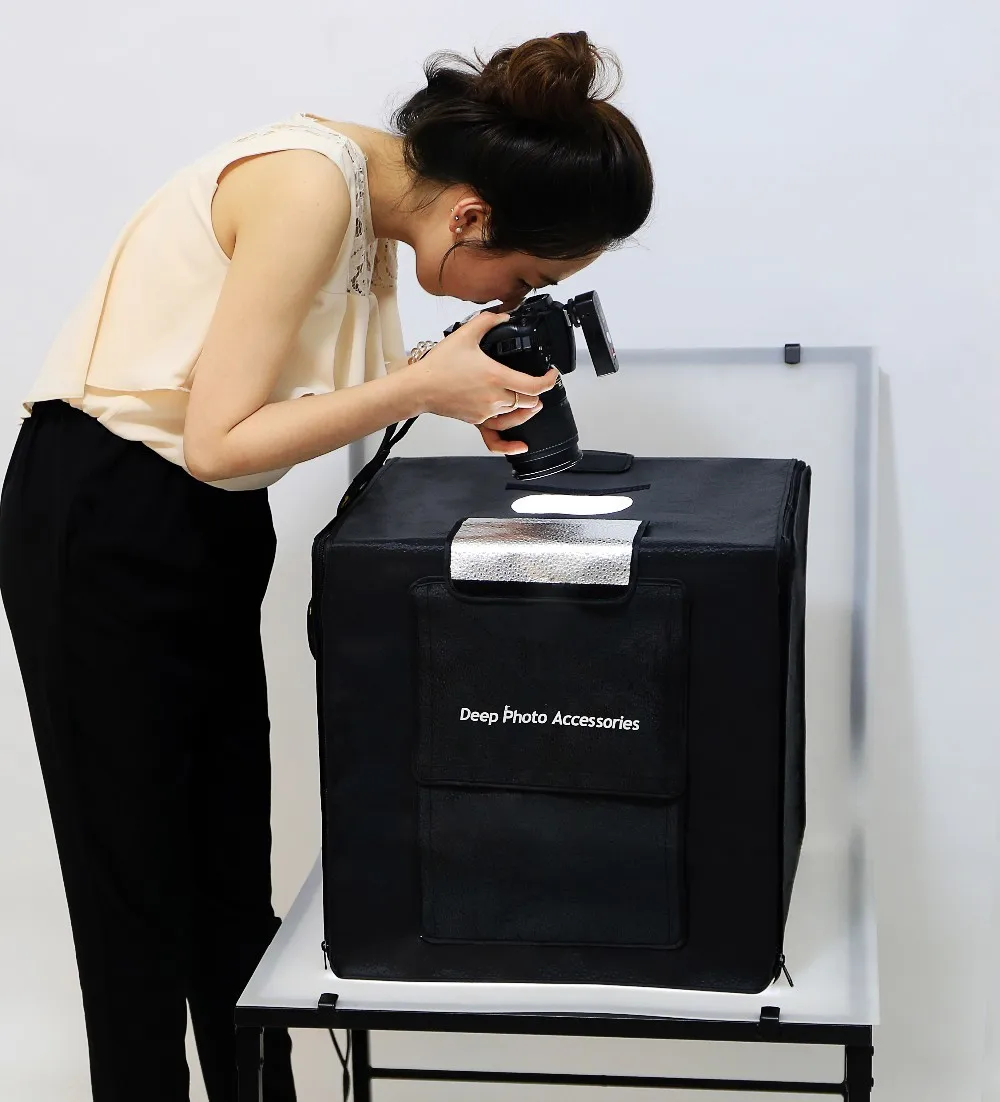

If you want to use natural light in your photography, it’s important to understand the angle of the sun and how that will affect your composition.

#PHOTO LIGHT PRO LIGHT BOX HOW TO#
Both artificial and natural lighting can be manipulated to create any number of styles of lighting, as long as you know how to use them. It is easier to position artificial light in relation to your subject than with natural lighting, where you would have to move the subject and camera according to the lighting technique that you want to use. On the other side of things, artificial light can often be moved around and adjusted to fit your situation. Natural light is anything that occurs without human intervention, so it can be the direct light of the sun on a bright day, the diffused light created by a cloudy or foggy day, or even the light of the moon at night. There are two main kinds of light: natural and artificial. Understanding how to make the best use of natural and artificial lighting in every situation will be a huge step forward in your journey to becoming the best photographer that you can. If you’re doing a beauty shoot where the focus is flawless features, the type of lighting that you use will likely be very different than a photoshoot where you want to emphasize the personality and distinctive lines of your model’s face. For example, hard light is more severe and will emphasize angles and any surface that isn’t perfectly flat, like the waves at a beach or a model with wrinkles or acne, while soft light will smooth over these features. Whether you’re doing portrait photography or still life or landscape, so much of your lighting choices will depend on the features of your subject, and how you want them to be portrayed in your photos. By paying attention to how light plays off of the angles and curves of your subject, and which parts of the subject are illuminated and which are in darkness, you can become a stronger photographer because you’ll start to learn how to harness your light source in the most effective way for any given project. The position and quality of light can affect any number of things in your final photo, from clarity to tone to emotion and so much more. Light in photography refers to how the light source, which can be natural or artificial, is positioned in relation to your subject. When it comes to photography, the type of lighting that you use is one of the most important elements of any photo. Now let’s get started! What Does Light Mean in Photography There is no universally perfect light for every different scenario, but with this handy guide, you’ll start to learn about the different types of natural and artificial lighting, and how you can determine which one will work best for your specific photo.Īs you keep practicing and working on honing in on what type of lighting works for you, make sure to keep updating your online portfolio website so that your potential future clients and collaborators can see all of your beautiful photography work in one convenient place. When you’re deciding what type of light works for your project, it’s going to come down to your subject and the concept and mood you are attempting to execute. Whether you’re brand new to photography or have been taking photos for ages, it’s always a good idea to brush up on some of the most popular, versatile and commonly used lightings in photography.


 0 kommentar(er)
0 kommentar(er)
